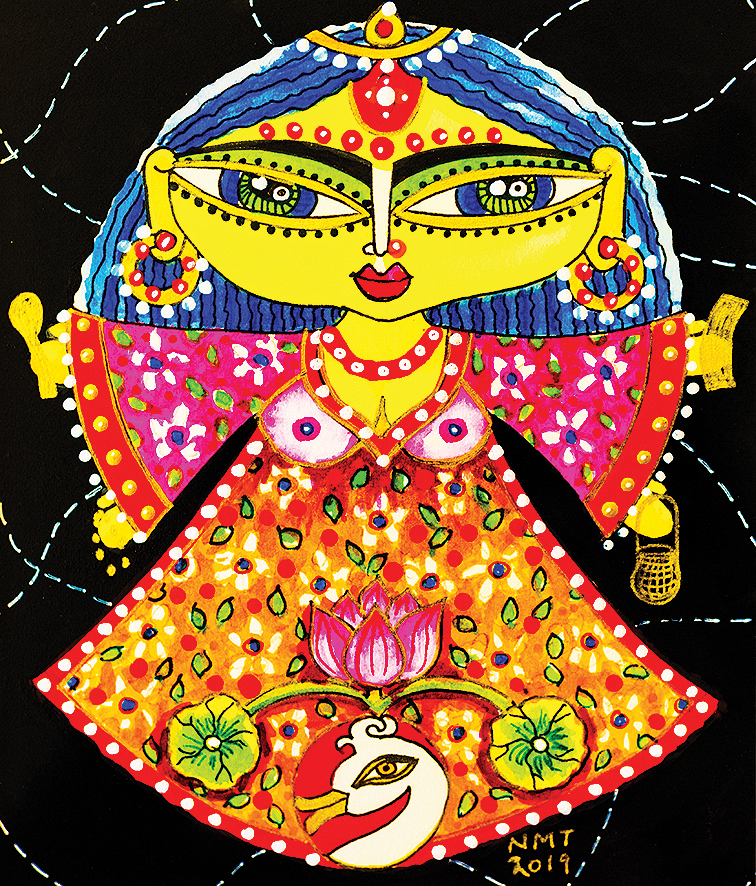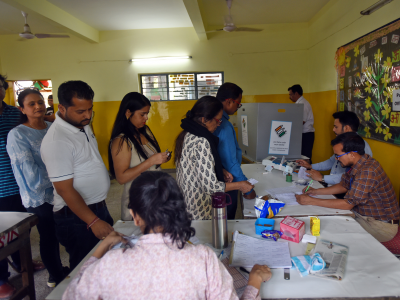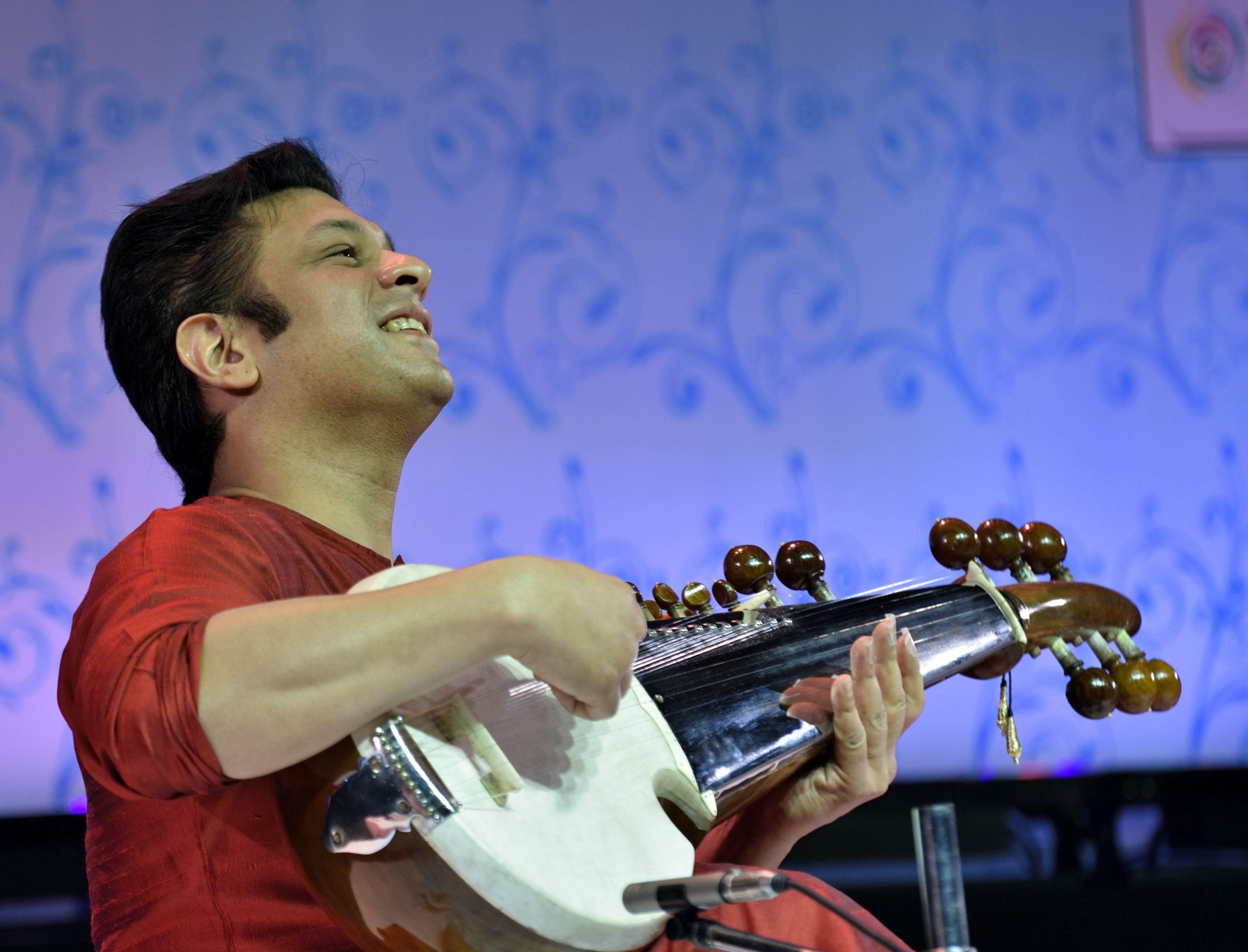Artist Nalini Misra Tyabji’s latest exhibition ‘Form Less’ takes inspiration from the world of mythology and folklore
As a young girl, it was the Mahabharata that had made the greatest impact on Nalini Misra Tyabji – especially Lord Krishna. For the Delhi-based artist, the deity became not only a dominant and recurring part of her iconography but also her muse, but not the usual kind. Her images represent Krishna’s androgynous form.
Inspired by the world of mythology and folklore, Tyabji’s recent works will be on display at the exhibition ‘Form Less’. Gods and goddesses, the Sun and the Moon, birds and animals, trees and imaginary creatures – all find their way into this mega-show, which is also her seventh solo.
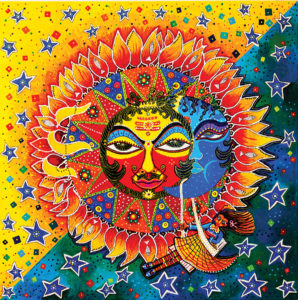
Tyabji does not consider herself to be either religious nor ritualistic in the conventional sense. “I am an observer of life. I do try to commune with my spirit and this makes me feel deeply connected to everything and everyone around me, even though my work makes me a recluse. This does sound like a contradiction in terms but it is a fact that my solitude is the best nurturing ground for my imagination,” she adds.
Featuring both figurative and abstract style, the feminine is equally celebrated in her work. A set of ten paintings dedicated to the Devis honours the Female Principle. Being gender sensitive, the idea of the Ardhnarishwar – the half male half female divine being works perfectly.
Her Devis, though soft and feminine, appear as strong women, looking straight in the eye and riding their bulls, tigers and lions with great panache. “I am a humanist and I make no distinctions between gender, caste and religion. Those who respect women know that there is no other way forward. The female is half the species and half of the key to the whole,” she explains.
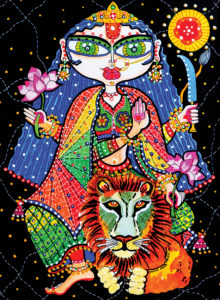
Another interesting artwork of hers was inspired by a visit to Arunachal Pradesh where she witnessed the worship of the Sun and the Moon, called Donyi Polo. As she had already painted the nine planets, she decided to do a much larger piece combining the Sun and the Moon. “I feel that our lives are heavily influenced by the stars because we, ourselves, are made up of nothing more than star dust.”
Marked with bright colours, her works transport the viewers into a world that is both vibrant and serene.
The exhibition is on display at India Habitat Centre, November 23-27

